DJI Avata 2 Firmware Update: What’s New and Is It Worth Upgrading?
In typical DJI fashion, we just got our first big firmware update for the DJI Avata 2 about a month after its release. This update adds new features, functions, and compatibility. However, I feel like this update is geared more towards those who haven’t bought the Avata 2 yet and are thinking about buying it, rather than those of us who are already flying it.
Details of the DJI Avata 2 Firmware Update
The list of changes introduced in this update is pretty short, but I think most people will be happy to see that compatibility has widely expanded. You can now use the older goggles and remotes to fly the Avata 2. I think it’s a little late to be adding these, but we’ll get more into that in a few minutes.
Screenshot
” data-medium-file=”https://dronexl.co/wp-content/uploads/2024/05/The-First-Big-DJI-Avata-2-Update-Is-This-Enough-to-Upgrade-Now-1000×544.jpg” data-large-file=”https://dronexl.co/wp-content/uploads/2024/05/The-First-Big-DJI-Avata-2-Update-Is-This-Enough-to-Upgrade-Now.jpg” src=”https://dronexl.co/wp-content/uploads/2024/05/The-First-Big-DJI-Avata-2-Update-Is-This-Enough-to-Upgrade-Now.jpg” alt=”The First “Big” DJI Avata 2 Update – Is This Enough to Upgrade Now?” class=”wp-image-46006″ title=”The First “Big” DJI Avata 2 Update – Is This Enough to Upgrade Now? 2″ srcset=”https://dronexl.co/wp-content/uploads/2024/05/The-First-Big-DJI-Avata-2-Update-Is-This-Enough-to-Upgrade-Now.jpg 1600w, https://dronexl.co/wp-content/uploads/2024/05/The-First-Big-DJI-Avata-2-Update-Is-This-Enough-to-Upgrade-Now-1000×544.jpg 1000w, https://dronexl.co/wp-content/uploads/2024/05/The-First-Big-DJI-Avata-2-Update-Is-This-Enough-to-Upgrade-Now-768×418.jpg 768w, https://dronexl.co/wp-content/uploads/2024/05/The-First-Big-DJI-Avata-2-Update-Is-This-Enough-to-Upgrade-Now-1536×835.jpg 1536w” sizes=”(max-width: 1600px) 100vw, 1600px”>
Higher Frame Rate in 4K
As for the changes to the actual drone, we now have a higher frame rate available when shooting in 4K. You can now go up to 100 frames per second. This gives you the option to slow down your footage in post-production if you want, or you could share your video at 100 FPS for some silky smooth flight videos.
In my experience, I’ve tried bumping my camera on my FPV Drones up past 60 frames per second to 120 frames per second, but I never really find it necessary. I’m never slowing down my FPV footage; in fact, I always want to try to find ways to make it even faster. When I upload a flight video, I might choose to upload it at 60 frames per second to make it seem silky and a little bit smoother as I’m flying close to objects and low to the ground, but I’m never uploading at 120 frames per second. I’m never going to export a project at a higher frame rate.
Also, for me, I deal with a 30 frames per second timeline. I try to keep myself organized across the board, from my drones to my cameras to when I do screen recordings here for the YouTube channel – literally anything. I always try to shoot in intervals of 30 FPS, so that would be 30, 60, or 120. Why couldn’t we have gotten 4K 120 on the Avata 2? I feel like this drone is more than capable of doing it. Almost every camera we have now, like my iPhone, the Mini 4 Pro, and the Air 3, can do 4K at these high frame rates. Why cut us off at 100 FPS? It just seems really weird.
D-Log M Support
The final change is for those who want to shoot in D-Log M, which is DJI’s flat color profile. That is now supported by the Goggles 3. For years, I’ve just been a normal color profile shooter because I think that DJI’s colors and dynamic range right out of the gate can get it done. But if you want to squeeze the most dynamic range and post-production flexibility from your camera, then shooting in D-Log M will be the way to go.
The update that was made here with this firmware version is to the Goggles 3, which now gives you a color display assist right in the goggles. This is really important so that you can actually see what is in front of you in full color when you’re flying, instead of looking at that washed-out log footage. Remember, this is only an assist feature on the display, so you’ll still be left with a log video file on your SD card when you pull it off and go to edit your video.
Compatibility
Now, let’s touch on compatibility, which is really the biggest change made in this update. We now get the new Easy Acro function or mode with the RC Motion 2, which means that we have backwards compatibility with older controllers as well as goggles.
Easy Acro is a mode that allows you to perform moves with the press of a button that you’d only be able to achieve in full manual mode when flying with the FPV remote. These are also things that you couldn’t do with the Motion Controller, as it only allowed you to stay in Normal or Sport mode to cruise around. Now you can do flips, rolls, and spins to make that flight more fun and immersive.
This brings us right to the edge of the topic of compatibility, which in my opinion, is the biggest change made in this update and the thing that I want to spend the most time talking about.
Backward Compatibility
Okay, now getting into compatibility, everything you see on the table now has been made fully compatible as of this firmware update for the Avata 2. That means you can now use the Goggles 2, the Goggles Integra, the RC Motion 2, as well as the FPV RC2 with every new FPV-style drone that DJI releases.
We also get a new set of goggles and a new set of remote controllers that, while they do improve the functionality over the years and make the goggles and remote controllers better, I think the main reason that every new FPV drone comes with their own goggles and their own controller is to keep up with the transmission system.
For example, the first FPV drone came with its own FPV goggles, the first FPV remote controller, as well as the first Motion Controller. Moving up to the Avata, we then got a new set of goggles, the Goggles 2, the RC Motion 2, as well as the FPV RC 2. Now, with the Avata 2, we have the new Goggles 3, the RC Motion 3, as well as the FPV RC3. So, every single drone quite literally has its own set of goggles and controllers that were released with them.
Even though each FPV-style release from DJI has its own set of goggles and its own remote controller, in the case of the Avata 2, it’s got its own RC Motion 3, the FPV RC, and the Goggles 3, it’s now backwards compatible one generation to all the peripherals compatible with the original Avata 1. So that’s RC Motion 2, Goggles 2, Goggles Integra, as well as the FPV RC 2.
This begs the question posed in my title: Is it now finally worth upgrading to the Avata 2? The drone-only option of the Avata 2 is still being shown as out of stock on DJI’s website, but just look at the pricing. If you already had the Avata 1 with the older goggles and remote, you could just upgrade your drone, save some money, and keep flying with what you have.
This leads me down so many different paths. There are so many different things that I want to discuss when it comes to compatibility. Even though it seems very simple, like DJI just released backward compatibility for the Avata 2, there is a lot to discuss here, and I want to make sure I cover everything because I think this is fairly important. Let’s break this up into little mini-sections.
Gear Reviews and Upgrades
Because I do gear reviews here on my channel, specifically related to drones, I always get excited when a new version comes out because I can then go and test it and compare it to the previous version to see what’s new, what’s changed, and how they’ve been made better.

For example, when you compare the Goggles 3 to the older versions of the DJI goggles, they are just flat-out better. There’s no way to get around that. I think the biggest upgrade was the fit of the Goggles 3 to your head, which was enough for me to never want to use the Goggles 2 or Goggles Integra again. The new strap design really is intuitive for a more comfortable fit over long flight durations. It also did a really good job at sealing out the light alongside your face, making for a more immersive experience.
However, this really was the only change made with the Goggles 3. I mean, we did get these front-facing cameras that kind of gave you a pass-through to see what’s outside of your goggles inside of the view of your goggles on the screens, but to me, that was kind of a gimmicky feature for DJI to introduce.
Look, there are plenty of people out there who don’t want to make the upgrade to Goggles 3. Maybe they are just fine with the Goggles Integra and the Goggles 2. I mean, really, it’s got the same screen, the same UI, a lot of the same features. You’re really just paying for the new transmission system and the new fit to your face.
Maybe you’ve got the older peripherals, the older goggles, the older controllers, and you don’t really care about the new versions, but all you want is the new drone. You want the longer flight time, the quieter flight, and the better camera.
Battery Compatibility Example
There are some people out there who get a little bent out of shape when a new generation or a new version of a product comes out that is not backward compatible with accessories from the previous generation.
Let me give you an example. The Avata 2 has a brand new battery that doesn’t use the old Avata 1 batteries. But if they kept the old Avata 1 battery and tried to design a new drone around that new battery, you wouldn’t be able to get the same longer flight time, the same improved flight characteristics, the same quieter flight. You’d probably get the same camera; they could fit a better camera on here. But regardless, if you try to keep the same battery style for generations, it’s just not going to improve the overall functionality of the drone itself.
For me, I’m completely okay if they abandon backward compatibility as long as there’s innovation happening, as long as they are progressing the product forward and making it better with that change. But if they’re withholding things just to make more money, if a company doesn’t want to make accessories backward compatible because they just want to make money off of the new accessories that they sell, that’s where I have a little bit of an issue.
iPad Pencil Compatibility Example
For example, right now with the new iPads, we’re going through this weird compatibility shift where the newer iPad can only make use of the new Apple Pencil Pro, but the older iPad can only use the Apple Pencil 2. It really does get confusing, and I feel like DJI is kind of treading the line here.
Sure, we’ve now got backward compatibility. You can use your older goggles, but they waited a month. They wanted to make sure that they could sell their new drone with their new goggles and get it out there. But now, after it being out for a while, they say, “Sure, you can use your old goggles.” But it would have been great to have that compatibility right off the bat so that somebody could go and buy just the drone and be using their original, their regular goggles that they had from day one.
DJI’s Intentions
Now, I don’t want to make DJI seem like the villain here. At the end of the day, they’re coming out with a new set of goggles and a new remote controller to make the experience with your new drone overall better. Because again, it comes back to the transmission system, right? These all run O4. You’ve got the new O4 transmission with the new antennas inside of the Avata 2, and the same translates over to the new RC Motion 3, the new Goggles 3, and the new FPV RC 3.
If you want the best overall experience, the best connection between your drone and the remote controller and the goggles, you just have to use the new peripherals. If you still are fine with the old transmission system, which honestly is great, you could still get by using the Goggles Integra and your old remote controller and save some money. And again, it’s up to you now. It’s whatever you want to do. You don’t need to go and spend the money on the new peripherals, on the new accessories if you don’t want to.
Finished Product at Release
This next topic, I feel like I can speak for the entire tech industry shouting from the rooftops: Can we just please have a finished product at the time of release? But this is a little bit harder to answer because, look, while I want a drone to come out and be fully ready right out of the gate, I also don’t want them to stop adding features and making updates over the lifespan of the drone.
Would you rather them develop the drone all the way up to release and then never release an update and never release any new features, maybe just make bug fixes here or there? Or would you rather them release features as the months go on, as you own the drone, to make the experience feel new?
It’s kind of hard to figure out where the line is. What features should be added after release? What features should be added before release? We might have this game-changing feature that comes out three months from now for the Avata 2, and we might say, “Hey, why wasn’t that here at release time? Why could I not use this from day one?” But maybe they started developing it after day one, and when it was released. Maybe they released the drone and said, “Hey, we’ve got this great new feature. Let’s develop it and let’s add it.” But people probably think they were just kind of working in the background the entire time.
Again, it’s kind of a difficult spot to be in because you want the product to get better over time, but again, where’s that line that says, “Hey, this should have been included in the initial release on day one”?
Backward Compatibility at Release
In my opinion, I think that backward compatibility should have been included. This is something that, right out of the gate, if you made the previous generation of Goggles 2, Goggles Integra, and the two controllers compatible, people would buy the drone like crazy if they already had the Avata 1. It would have made it such a no-brainer upgrade right from the start.
Is It Worth Upgrading to the Avata 2?
Now for our final topic of the video, which is actually a question posed in the title of the video: Is it now worthwhile to upgrade to the Avata 2?
If you own the Avata 1, after this firmware update with the compatibility added with all the older accessories, is it now worthwhile to go and pick up an Avata 2? Is it now going to make you want to go and buy, let’s say, the drone-only option?
Think about the financial investment needed to be made to upgrade from Avata 1 to Avata 2. You needed to buy the combo that comes with the drone, the new RC Motion 3, as well as the Goggles 3. You probably want more batteries, so you’ll go with the FPV combo, putting you at $1,300. You then need to buy the FPV RC3 on the side. You might go and buy some extra batteries because it does chew through batteries if you rip pretty hard. So you’re looking at almost $2,000 for an upgraded version of what you already have, which to some people just doesn’t make any sense, and I don’t blame you.
Now, if you look at all of your old accessories – Goggles Integra, Goggles 2, your old FPV RC2 – you can now go and pick up just the drone for $489 and use what you already have.
I don’t want to take away from the upgrades that DJI made here to Goggles 3 and RC Motion 3. I do think that there are some really substantial things there that make it worthwhile to go and make the jump and upgrade if you’re like an everyday Avata user. But if you’re somebody who just uses this drone every once in a while and you just want to spend the bare minimum to go and get that upgraded drone, I think that this is going to be the best bet.
Now, go just pick up the drone only. It’s going to greatly improve your experience – better camera, better flight time, it’s quieter. It is going to be a much better upgrade than say just upgrading your goggles from Integra to Goggles 3. The drone is really where all of the upgrades are at, and now you can get in for a much lesser cost if you have all of those older accessories.
Conclusion
I think this should have been added from day one. I know that the drone-only option wasn’t available to purchase from DJI on their store, and to this time right now, it still isn’t available. So if you want to get into the Avata 2, you’ve got to buy the entire combo, the entire kit.
But just knowing now that the Avata 2 is going to be able to use all the older accessories kind of makes people understand, “Hey, once it becomes available, I’ll buy it. I’ll upgrade once DJI makes it out of stock or in stock on their website.”
Anyway, thank you guys so much for watching this video. Let me know your thoughts down below, and as always, I’ll talk to you later. Peace.
Discover more from DroneXL
Subscribe to get the latest posts to your email.
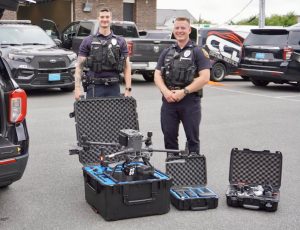




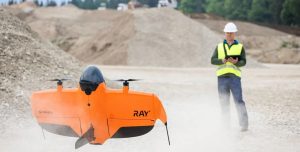
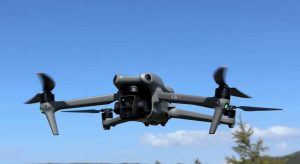
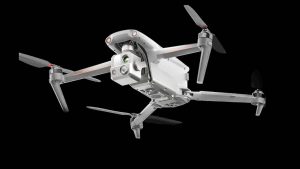

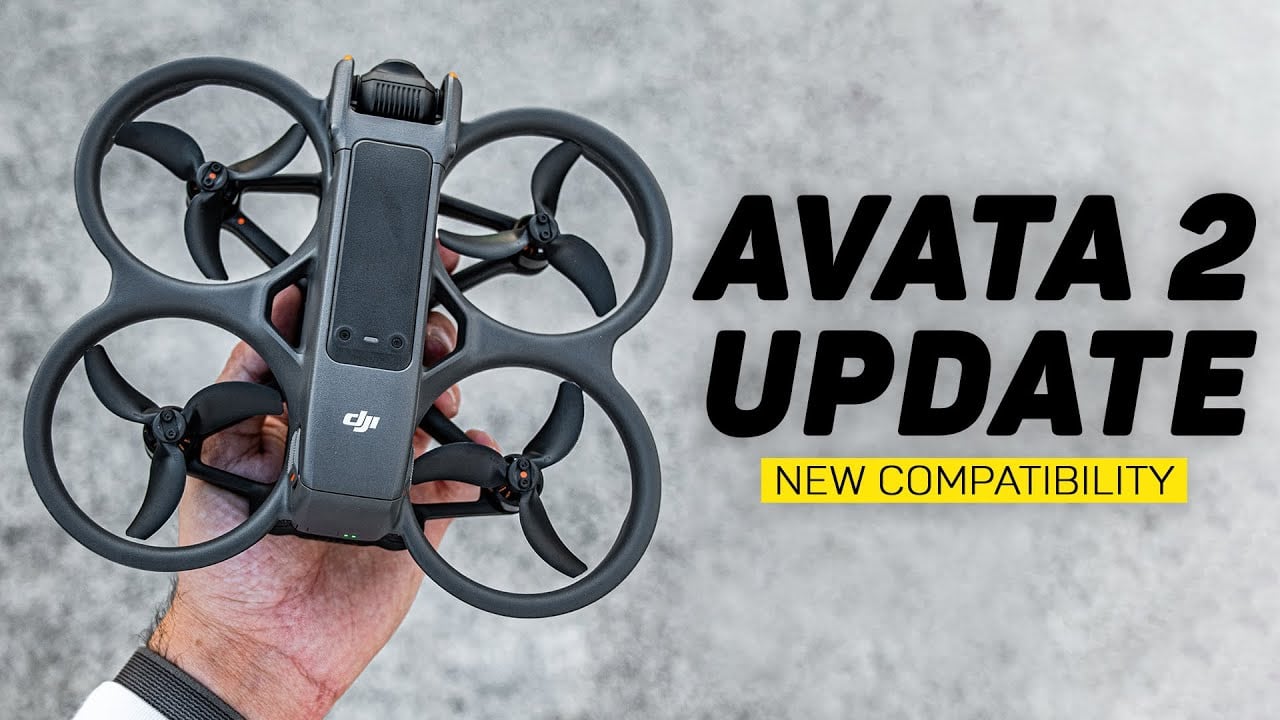

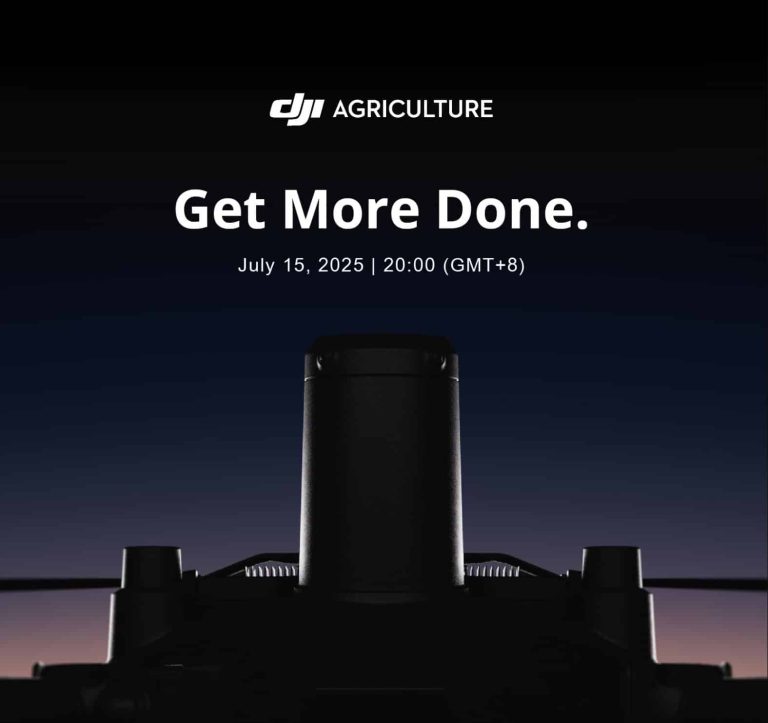
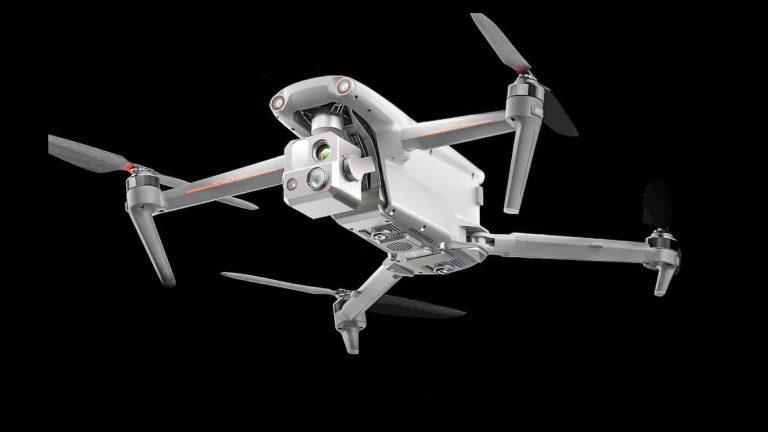
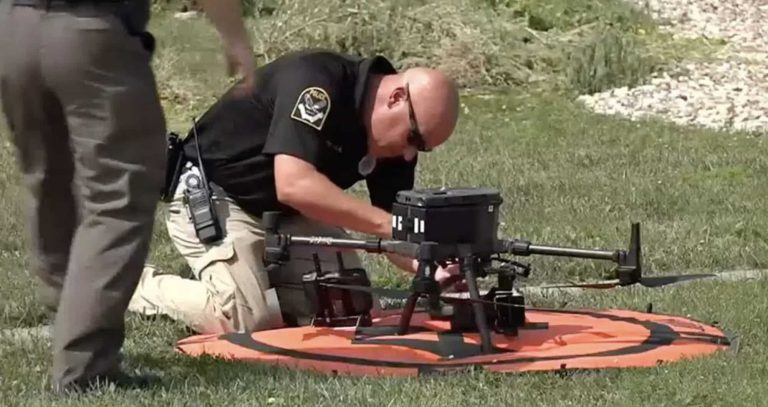
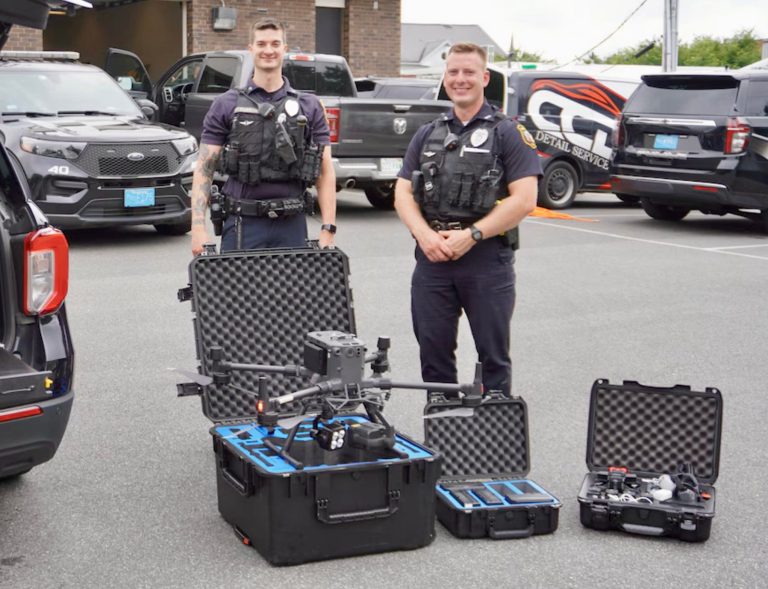
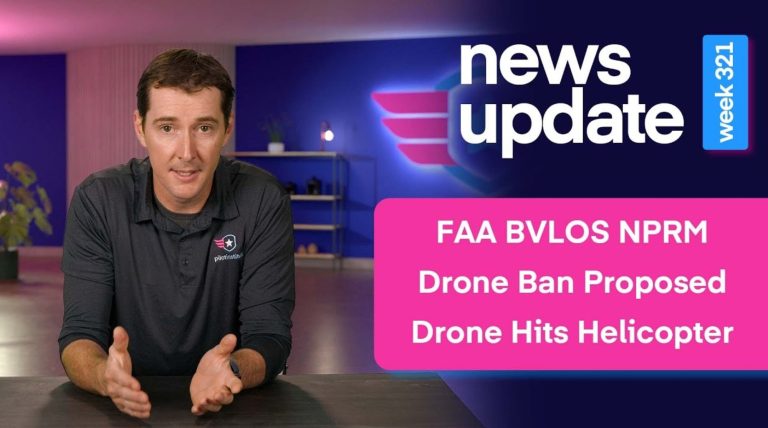
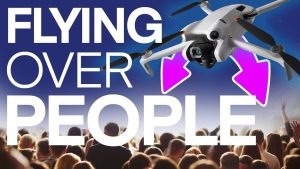



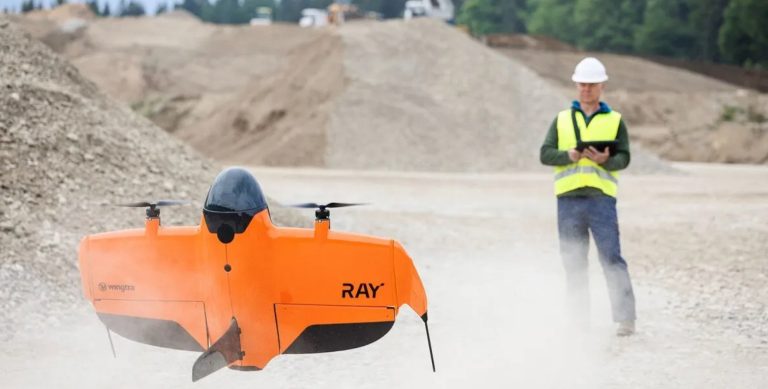
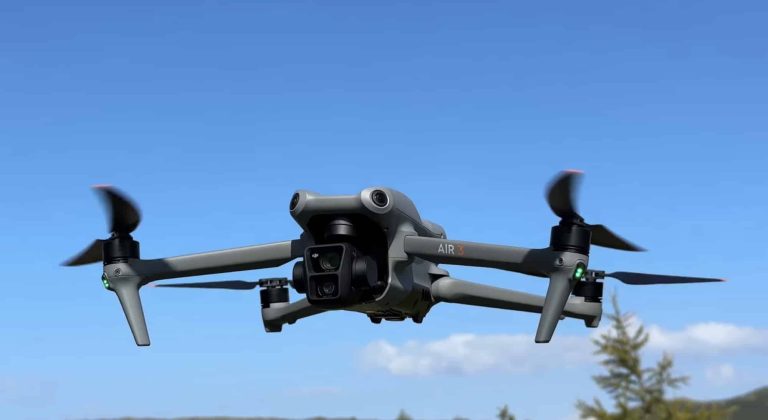
+ There are no comments
Add yours